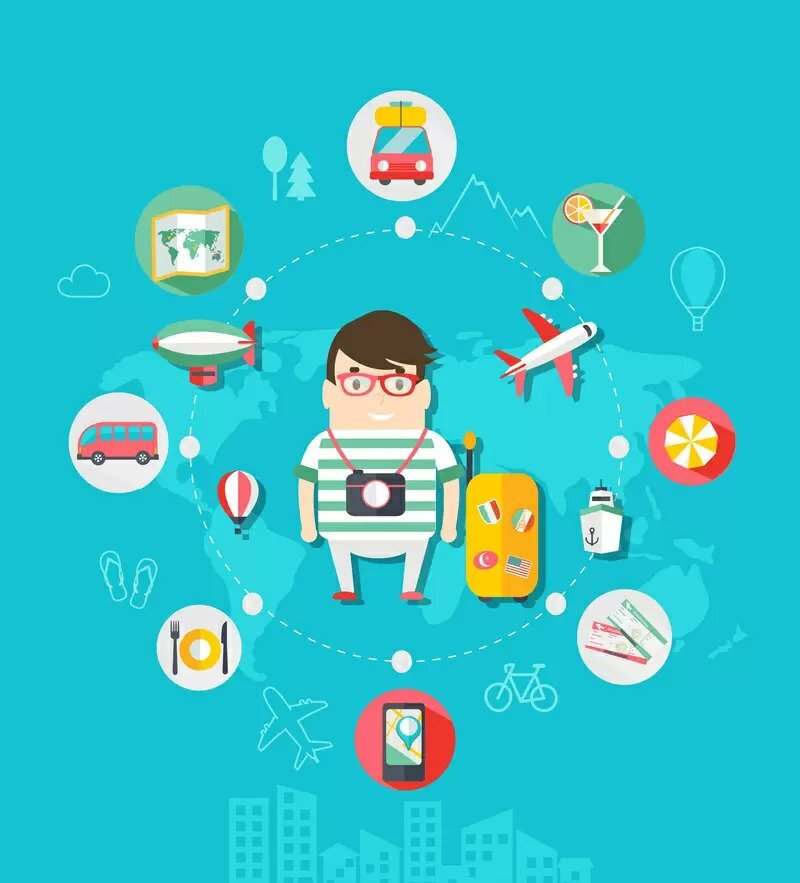What is the Buyer's Journey?

For the modern buyer, this has all changed. Now 67 percent of the journey takes place online, where the customer is in control. They expect to receive personalized care and they want to receive the information desired on their schedule. This new journey is largely in the hands of the customers through the first few stages. It is the job of the brand to supply the information and be ready to meet the customer where they are, whether that is online or in store.
What are the stages of the buying process?
Awareness stage: The modern buyer’s journey begins with the awareness stage, when customers first begin to realize that they have a problem. They are interested in researching possible solutions to their pain points. At this stage in the buyer’s journey, they are open to many different brands and products. These customers are researching online, visiting social media pages and perhaps clicking on paid ads.
Consideration and evaluation stage: This type of buyer is still early in their buyer journey and not too confined in their decisions. They use search, social, and paid ads to learn more about the companies and products. Their queries will likely reflect their existing research, such as asking questions about products and brands.
Purchase stage: Now the customer has narrowed down their possibilities to just a brand or two. Their searches reflect their final decision making, and often these last searches include keywords comparing one brand to another. Customers might be meeting with sales people or emailing back and forth during this part of the buyer's journey.
Post-purchase stage: In this stage, the brand focuses on turning this first-time customer into a returning one. Salespeople might continue to contact the customer to see how well the product or service is working for them and to help them troubleshoot any struggles. Customer searches might focus on answers to common questions or learning how to maximize usage of the product.
How do I use the buyer’s journey in marketing?
- Map the buyer’s journey to your customer personas to understand the path your customers take to convert to your brand.
- Use the information to identify the types of topics, keywords and content marketing customers want to see, and create the material needed to guide them along the buyer's journey.
- Use the buyer journey to understand the best touchpoints to reach out to the customer and what customers need to convert.
The buyer’s journey offers valuable insight about how customers respond to brands and how companies can encourage people to move towards their purchase. Understanding how the journey influences buyer behavior can help you channel your journey maps efforts more effectively.